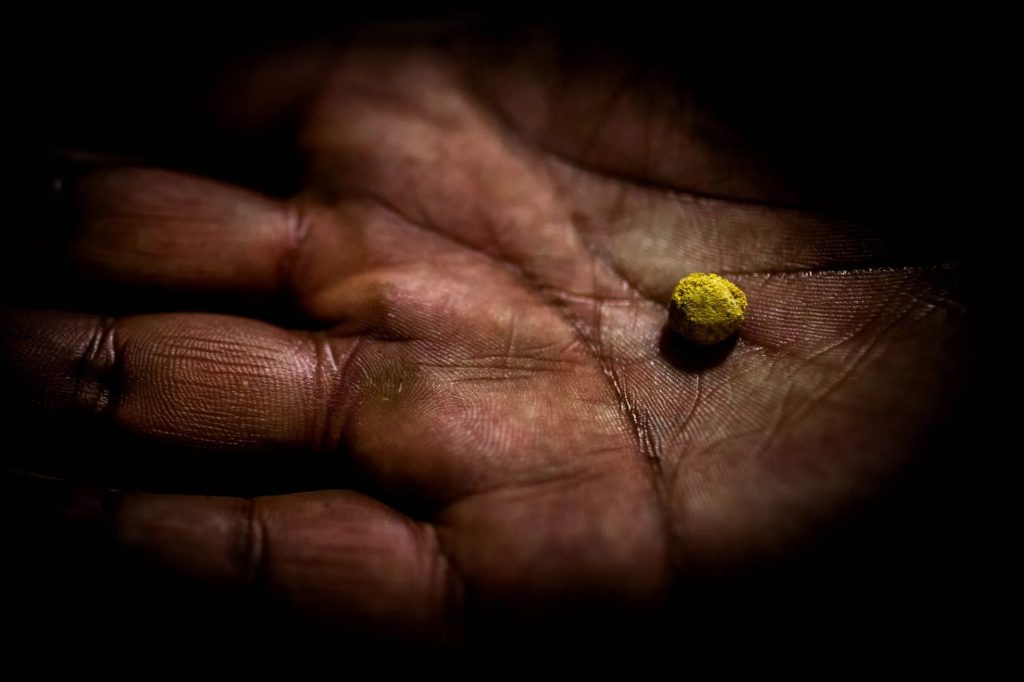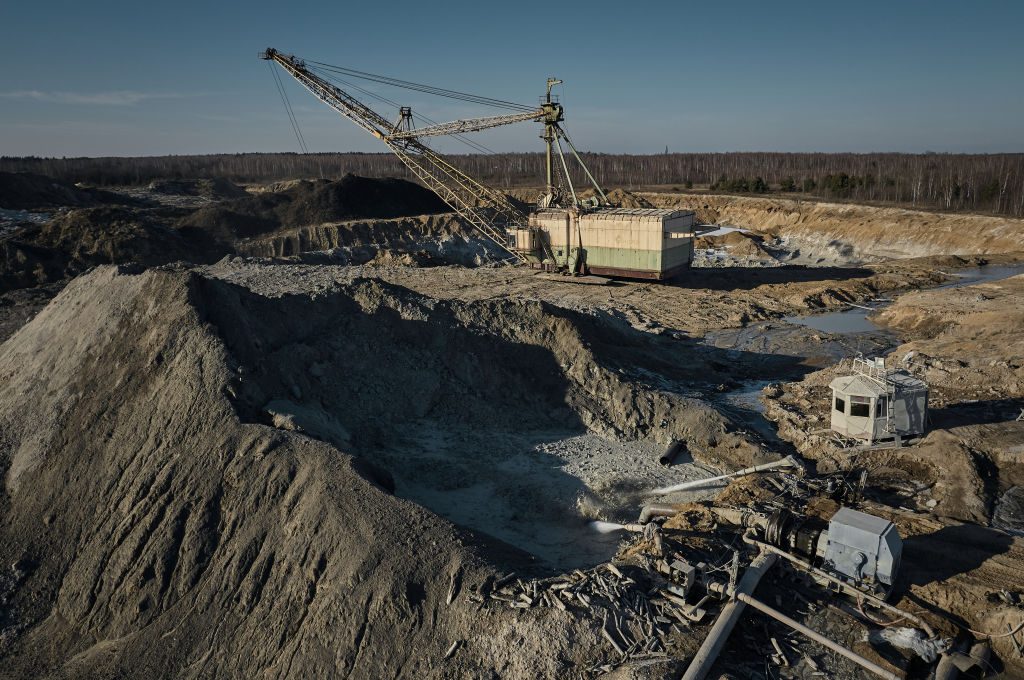It was gold that brought the Spanish conquistadors to Peru in the 1500s. More than 500 years on and the precious metal is still causing problems. Gold mining came into sharp focus at the end of April when 13 miners were found, naked, bound and gagged, at the bottom of a mine in Pataz which had been taken by an armed gang. Some bore signs of torture and there was evidence they had been executed. The main suspect behind the attacks was arrested last week.
Peru’s illegal gold rush has become increasingly bloody in recent years. Some 39 workers at the Pataz mine have been killed in the past three years, according to the Peruvian mining company Poderosa, which was the victim of the recent attacks. Criminal groups are vying for control over a resource which represents big business. Illegal gold mining has become one of the most profitable and violent criminal enterprises in Peru, at times outstripping even the cocaine trade. Peru exported more than $15 billion of gold last year. As much as 40 percent of it is estimated to have come from illegal sources. Illegal mining has been further incentivized by the soaring price of gold.
As the profits have increased so too has the violence. Gangs are armed with military-grade weaponry. In late 2023, an armed group stormed a mine in the north of the country, killing nine workers and injuring 15. In January last year a group of more than 100 armed men ambushed a police convoy, freeing four members of an illegal mining gang. In the days before the recent massacre, police rescued 50 workers, including the security guards which mining firms are now required to hire, from another mine in Pataz. According to local reports, more than 200 mining tunnels have been seized by the groups.
The Madre de Dios region, which borders Brazil and Bolivia, is often described as the epicenter of illegal mining in the country. But such activities have spread across huge parts of the country including Pataz and the northern border with Ecuador.
As well as large, well-equipped organized crime groups, illegal mining is also carried out by smaller, artisanal miners. Local people are often driven to mining because of a lack of economic opportunities. They work in makeshift camps and lack knowledge of best environmental practices. Some organizations have also claimed that some of the workers, including children, are trafficked and forced to work in modern slavery conditions. Illegally mined gold is then often able to enter the global market mixed with legal gold, making it difficult to trace.
The violence is not the only consequence of illegal and unregulated mining activities. South America, and more specifically the Amazon Rainforest, is one of the most important regions on the planet for biodiversity. Miners clear trees for informal landing strips, and release mercury and other contaminants into the water. This reduces the amount of light getting into rivers, causing problems for marine life which need light to hunt for food, and can also poison fish directly.
The photos of the slain miners have shocked the Andean nation
Illegal mining also dovetails with other forms of illegality. The same perpetrators also smuggle drugs. Cases of human trafficking and prostitution have also been linked to the growth of illegal mining. Much of the mining also takes place on indigenous land, with communities threatened if they try to defend it.
The interim president, Dina Boluarte, has been criticized for inaction and has resurrected an anti-terrorism bill to try to stem the tide. In response to the latest incident, the government has pledged new security deployments in Pataz, but questions remain about their long-term impact. The problems are also more deeply rooted than the current president’s term. Corruption is an issue. Some officials have been accused of colluding with the criminal enterprises. Policing what are often remote areas, thick with jungle, is also challenging.
A major operation called Operation Mercury was launched in Madre de Dios in 2019. Some 1,500 military police were mobilized to dismantle illegal mines. The operation notched some notable successes – including a significant decline in deforestation – but illegal mining ultimately relocated elsewhere or has since resumed. Attempts to formalize the industry have also fallen foul of red tape or a lack of political will.
The photos of the slain miners, numbered and wrapped in plastic, as well as videos showing the executions, have shocked the Andean nation. Violence of all kinds has been escalating in Peru. Parts of the capital Lima have been under a state of emergency since March. Beleaguered Peruvians will hope that the latest attack may finally galvanize effective action.


























Leave a Reply